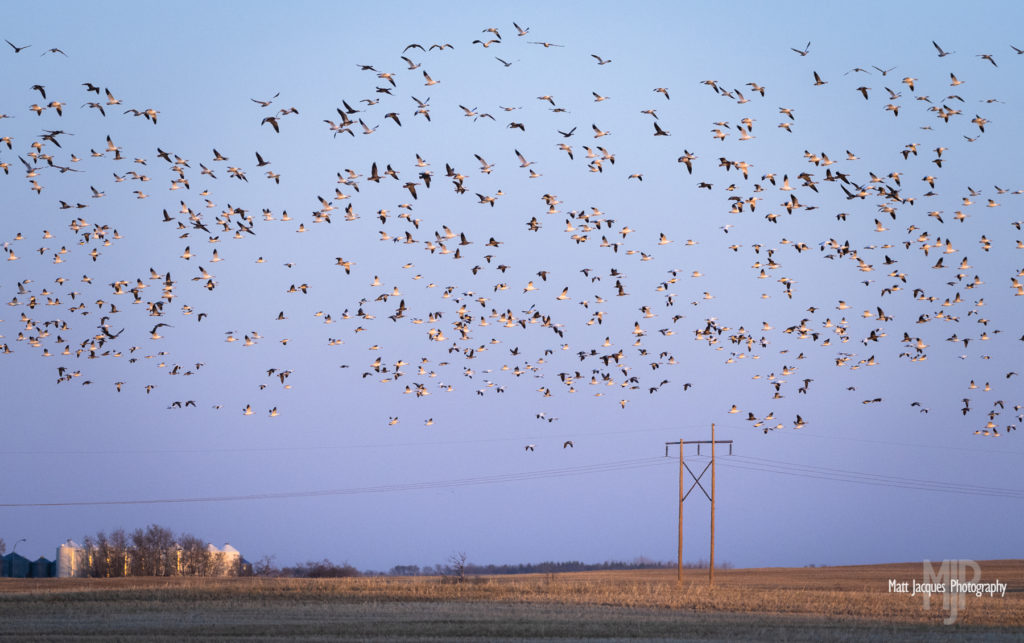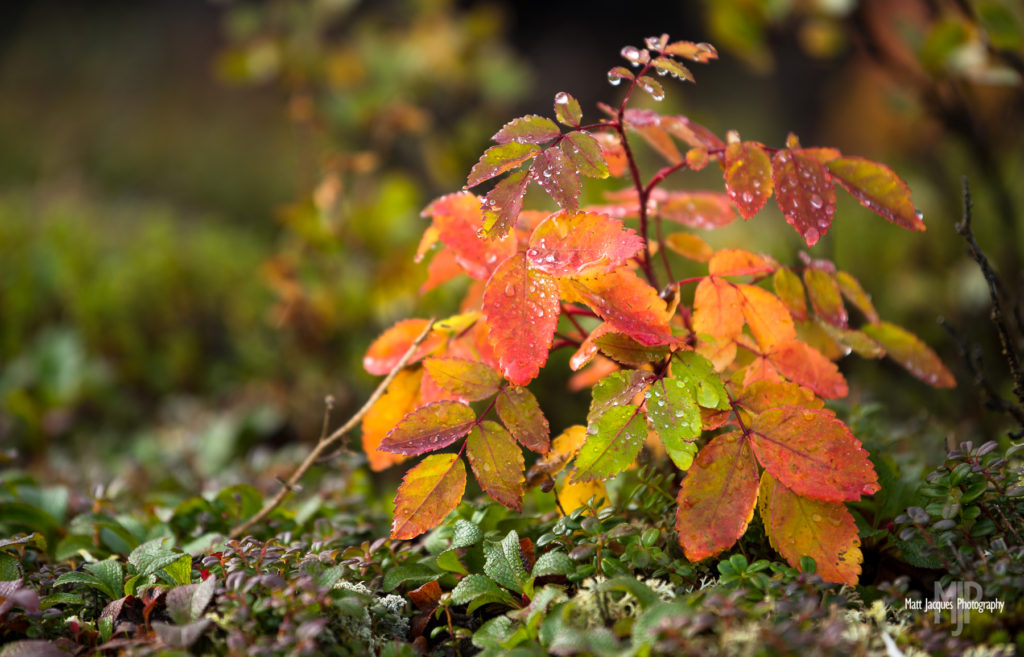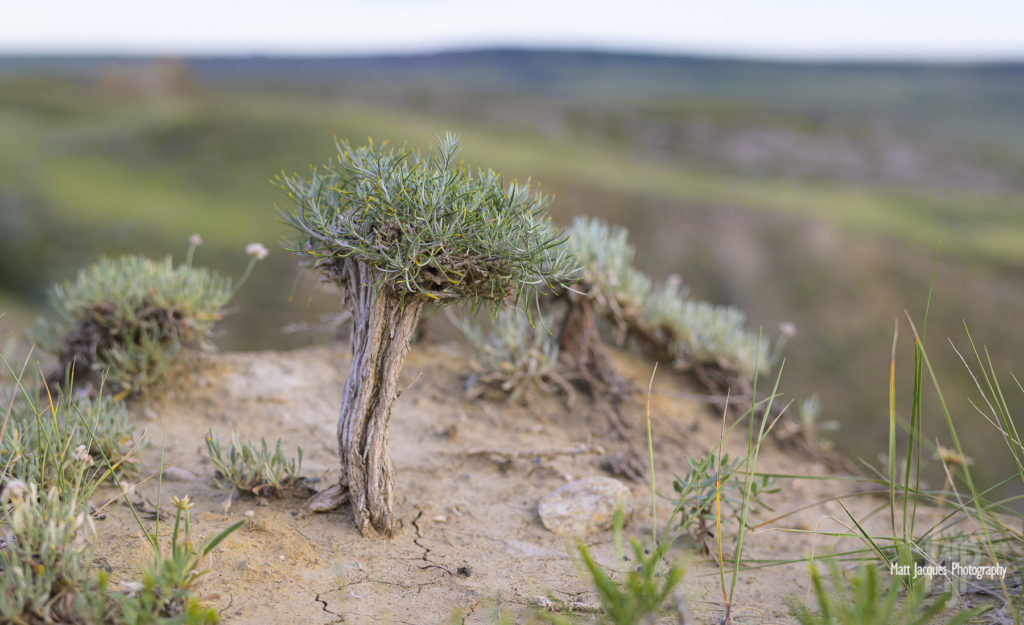Purpose Driven Photography
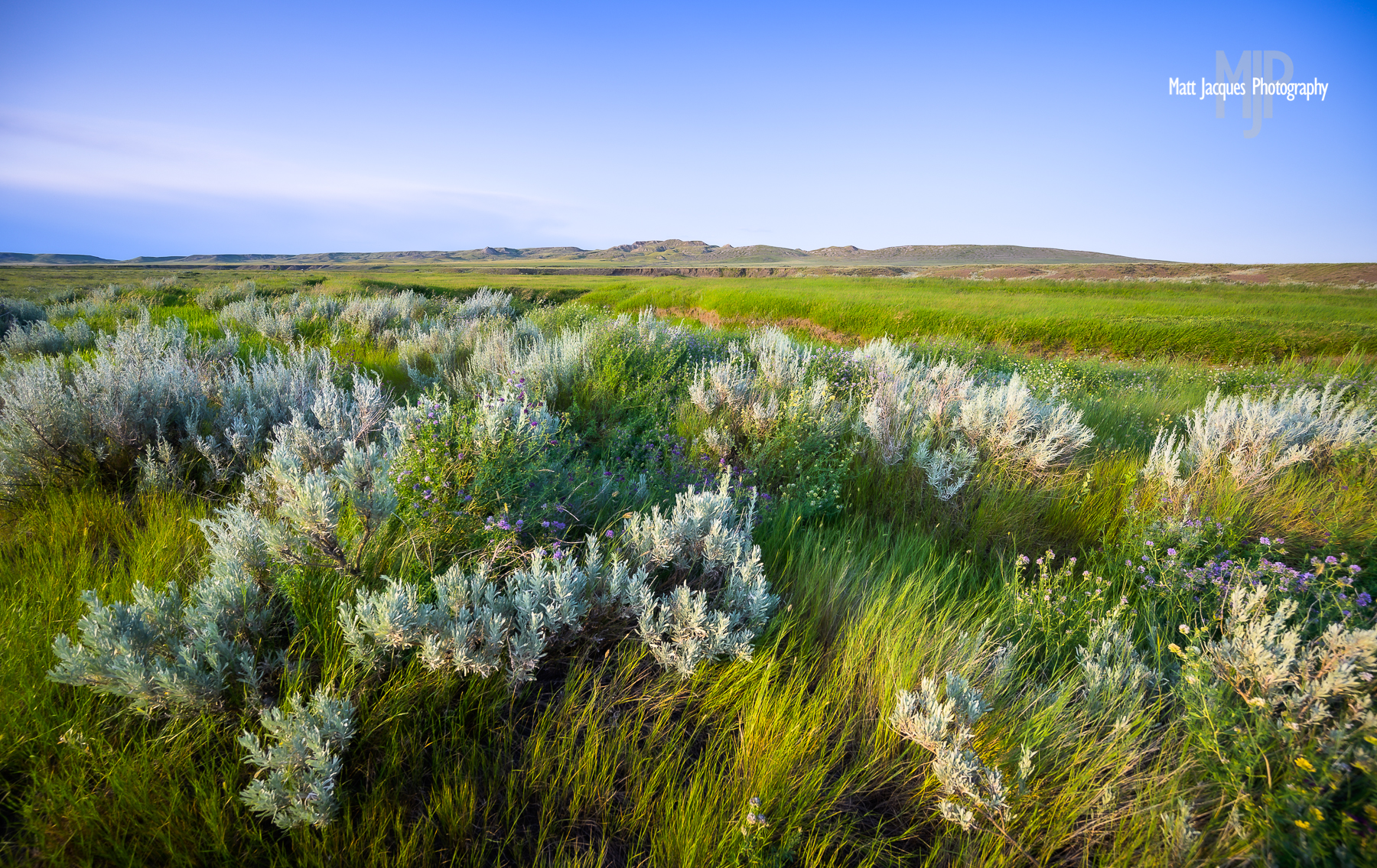
Purpose-Driven Photography:
An Interview with Matt Jacques, Nature Photographer
At the end of October, we had the pleasure of sitting down for a one-on-one with photographer Matt Jacques after his presentation at the PPOC Creative Foundry. After spending time in the Yukon, Matt is now based in North Battleford, Saskatchewan, and is an avid CPAWS Supporter. You can find Matt’s full biography here.
Read on to learn about his work both here and in the Yukon, and about his determination to make the world a better place through his photography.
Grasslands National Park 

Giant Mine, Yellowknife



Let’s start with the technical stuff and get that out of the way. Tell me about your favourite tools and the equipment that you use to create the stunning visuals that you do.
Yeah! As a photographer, that’s what most of my equipment is for. I’ve been a Nikon shooter for most of my career now, so a lot of my equipment is Nikon DSLRs. I’ve also recently invested in Nikon mirrorless cameras, which are the next revolution… maybe not quite as big as digital to film, but the mirrorless thing definitely has a couple distinct advantages. They’re much smaller, and without a mirror to slide up and out of the way with every shot, they can take much faster frame rates, which is really important for shooting wildlife and capturing that special moment. And the light weight makes such a big difference for things like birding.
So on a trip, say, into the great white frozen Saskatchewan North, what would you be carrying to get the perfect shot?
I try to travel pretty light, but generally I’d be packing differently for different assignments. I think it’s evolved over the years, but I do tend to carry around a bigger, heavier pack and make sure I’ve got a couple different options. Because you don’t know what you’ll run into— unless you’re specifically going out to document or capture a particular species. Quite often I’m going out to a place and seeing what I get or going out to a place knowing that it’s a high-traffic area for a certain species.
How has your repertoire of skills evolved as you’ve grown as a photographer?
One thing that’s really changed for me has been adding aerial photography and drone work. Which quite often sounds like it’s a gimmick or just for fun—and it is exciting, it is fun. But it’s also a tremendously powerful creative tool, and it’s not always about flying as far as you can or getting as high up as you can, but just getting a slightly different perspective that lets the landscape open up and tell a little bit more of a story. It lets the readers venture into the image a little bit more.
What makes a good picture stand out from the average?
For me what makes a good picture great is its ability to tell a story.
I gave a presentation this morning on the Arctic National Wildlife Refuge and chasing the Porcupine Caribou Herd. It was an interesting expedition and it didn’t work out the way we thought it would. There was definitely a story to be told, but the images weren’t award winning images on their own, or even technically perfectly composed images. But I think it’s important that you capture images that tell that story and set the context.
Trying to find a way to tell that story when you’re hiking with a 70lb pack on your back is a challenge, but for me that’s the gold standard of what I try to aim for: Images that tell a story.
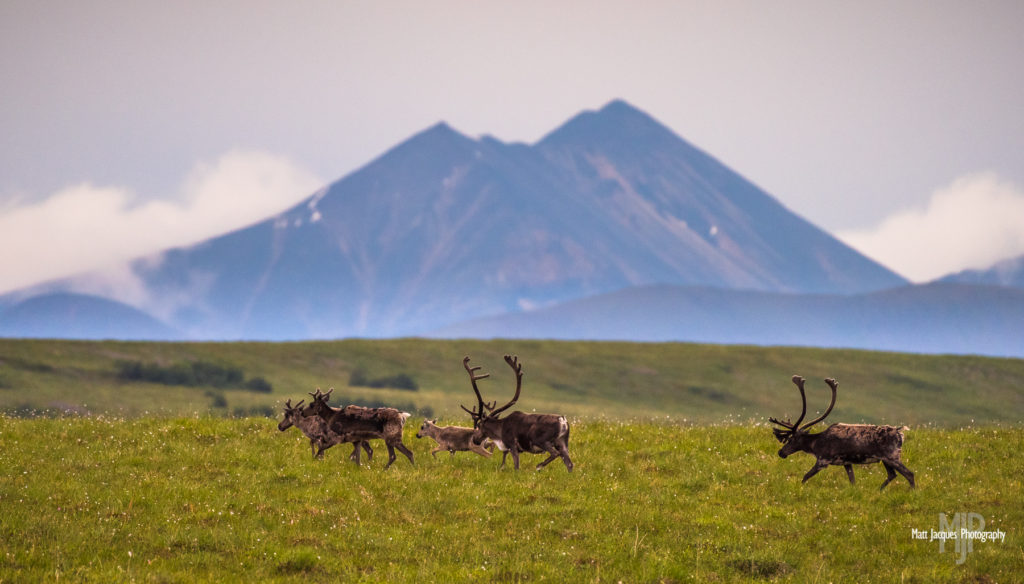


What inspires you?
It’s been something that’s changed for me with my photography over the years.
I’ve been a photographer of some sort for 15 years or more, but it really wasn’t until 2015-16 and my move up to the Yukon from Vancouver that really inspired a love of the wilderness. What inspires me is seeing those wild places and seeing those wild species.
We think of rural Saskatchewan or small-town Saskatchewan as sparsely populated, but even that is very densely populated compared to true wilderness. I’m really looking forward to exploring the wilderness here in Saskatchewan and telling some of those stories, but it was definitely that time in the Yukon that sparked in me a passion and an appreciation for wild places and wild species.
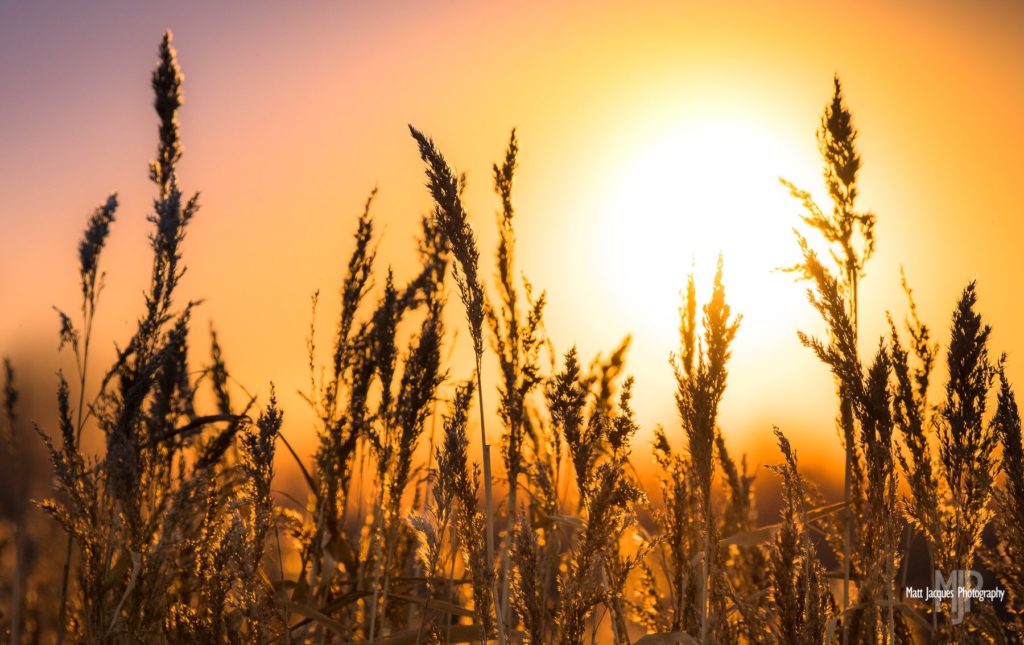


Phragmites australis marsh grasses along the North Saskatchewan River, Battleford SK
You’ve been in Saskatchewan for about a year now, which is actually a return to your prairie roots. Does the SK landscape hold a special place in your heart, or is there somewhere else in Canada that is your favourite for adventuring and photographing?
Yeah! It’s a return to a place that’s familiar to me. I feel like I’m really coming back to the province with entirely new eyes and a new perspective and a completely different approach to what I’m trying to do and the stories that I’m trying to tell.
When my wife and I came back, we had different visions of massive glowing wheat fields, and you kind of romanticize that too. And then we came and did a sight visit to Battleford and drove in to Saskatoon, and it’s funny—the thing that struck me the most about this city compared to the mountains or something is that there is so much that is industrialized and that so much land is spoken for or put to use in some way already.
That really jumped out and I realized that perhaps the things that I thought were wild 20 years ago are not actually wild places. I’ve tried, as much as I can, to get out on my own in the last year. I got out to Grasslands National Park and a few other places that really struck a chord with me and that kind of sparked a new romance with this untamed, natural prairie grass that represents what the province used to look like.
For you, this is obviously about more than just photography as a vocation. Was there a moment or an experience that made you realise that you had this skill and this ability to tell stories about the natural world?
There was a quick evolution that happened with my work after moving to the Yukon, and the first one was probably the trip to the Yukon North Slope to see the Porcupine Caribou Herd for the first time. I was able to meet with one of photographers who I’d looked up to for a long time and been inspired by the work of— Peter Mather. I’d followed the impact that he had had with his photography in working on the Protect the Peel campaign for CPAWS Yukon.
With the Protect the Peel Campaign, I saw the power of an image to tell a story or to take somebody to a place they would never otherwise have a reason to value or care about. Getting a chance to look over Pete’s shoulder and have his mentorship really opened my eyes to see that photography isn’t just about getting an image that’s technically competent or getting an image that makes your client happy. It really is, in a sense, a bit of a superpower that you have this ability to communicate visually.
What does continuing education look like for you? As a conservationist, as a wilderness lover, and as a photographer?
As a photographer trying to enter that world of conservation and have any degree of clout or credibility— it’s very intimidating for me. There’s a story to all these animals and I think in many ways we’ve numbed ourselves or tuned out to the experience of other creatures on this planet too. As a photographer it’s important for me to educate myself and understand what I’m photographing. And as a conservationist, it’s important to know what the issues are, what the threats are, understanding if that’s a species at risk or not. But can you really say that there’s this dozen species on the endangered list and for everyone else it’s smooth sailing? We’re all tremendously connected.



As Canada’s voice for the wilderness, CPAWS tries to tell the stories of the spaces and species who can’t speak for themselves when they are threatened. You are obviously dedicated to telling those same stories—do you have a particular favourite space or species that, in your mind, is in need of the most urgent intervention?
None of these projects or initiatives happen in a vacuum—it’s not just my project or an individual thing. I’m learning all the time. There are things that resonate with me and I feel curious and passionate about exploring, but I think the story never really gets told without partnering with great organizations like CPAWS or having conversations with biologists or researchers who know the story on the ground. As a photographer I am curious, and I care about what I’m photographing, but it’s really hard for me to say where the best place to point that lens is.
I do like Grasslands. As a storyteller I like the idea that it’s something that’s really overlooked, that people don’t really tend to value big open fields— it’s not a dramatic scene that’s like looking at Lake Louise or something. Realizing that grasslands are some of the most threatened and least protected—for me that’s something that I really want to try to find a way to tell stories about and help to protect that.
“And I think there are global issues, but what I’m trying to do with my work too is to show that those global issues often have local solutions. That local is the new global.”
I’d love to tell stories about the North in Saskatchewan too! It’s not all prairie! There’s a huge range of ecosystems here. I didn’t realise the fact that there’s the Athabasca Caribou herd in Northwestern Saskatchewan. There are sand dunes up there too. I’d love to—you know, it’s kind of a tourist thing, to say “I’d like to go see them” but I’d like to find out what the story is and what role they play in the ecosystem.
With the realizations like the recent IPBES report talking about the fact that we’re ultimately witnessing one of the great mass extinctions of biodiversity and life on this planet, it’s emergency time. And I think there are global issues, but what I’m trying to do with my work too is to show that those global issues often have local solutions. That local is the new global. I would just challenge people to take some time and “staycation” and explore and appreciate what’s around you because we’re in an amazing place in an amazing time and it’s important to appreciate and do what we can to support all forms of wildlife on this planet right now.
What is the most difficult and what is the most rewarding part of your job and your efforts to safeguard the environment?
As a photographer, the most difficult part is heading out on a trip and investing your time and your money and your patience and then completely striking out. I mean, it happens all the time, and you just have to be prepared to go with the flow or be on a shoot and what you expect to happen doesn’t happen. You try to make the most of it and you’re not always going to take a photo of it to tell the story or make a difference. And as a conservationist that’s where the frustrating thing is—you tell the story as best you can and you’re in the right place at the right time and you get some great images, but is anybody paying attention? How is that story getting picked up? How do you spark people to pause and reflect? As a conservationist that’s where it’s challenging: when you’re not sure that people are taking action.
What is the one thing you wish you’d known when you started all this?
If I interpret the “all this” to be photography, then the thing that I wish I knew is that you can carve a path for yourself that’s about animating the things that you care about the most and turning that into your career. I always loved what I was shooting, but I think I always think about this kind of question about the five whys. For me, realizing that I could shoot this stuff that really gets at my core why, which is trying to affect change, enduring change on the wild places and species around me—positive change. That you can first of all deliver and work with the clients that share those same values with you and partner with clients who share the same values. It just takes thinking outside the box or maybe reframing how you would normally think about a photograph client.
What advice would you give to someone who is passionate about keeping Canada wild but perhaps doesn’t know how to get started?
Pay attention to your back yard. Appreciate what’s around you. Learn about what’s around you. Whether you’re living in a city or out in the countryside. Understand about your place. Particularly about the history of a place. We are on Treaty 6 Territory. There were people here long before myself as a settler. Understand that there were different ways of living with the land and living with the species on the land. But as a photographer, the advice I would give is to find your core values and ask those five whys. Why you’re working on something, what the change you’re trying to affect on the world. And then find others who share those same values. It can be quite alienating if you feel like nobody else shares those values, but there are organizations who do. You can break down barriers if you’re a photographer. Maybe you’re intimidated by academics or biologists or people working in different fields, but they’re eager to talk to you and as a photographer you have a skillset that’s in demand. You can help bring their science to life and help them communicate that science. Don’t be afraid to reach out perhaps beyond your camera clubs. Find your partners, find the people that are going to be aligned with what you’re trying to achieve.
What is it about CPAWS that drew you to us and our work?
I think a few things, but definitely that idea of finding your core values. That’s something that’s really solidified over the last few years being in the Yukon and seeing the Protect the Peel campaign. I would really feel I’d be not just missing an opportunity but missing meaning too if I didn’t find a way to connect my images within a cause. I really appreciate again that CPAWS vision of protecting at least half of all Canadian wild places. This partnership means that my images can hopefully have a little bit of a wider reach than they would on their own, and as an organization CPAWS SK has access to some images that help support their campaigns and their initiatives.
Thanks again Matt for sharing your insights and your work with us.
You can read more about Matt here, and you can purchase his calendar (from which 15% of proceeds will go towards CPAWS SK) here.


